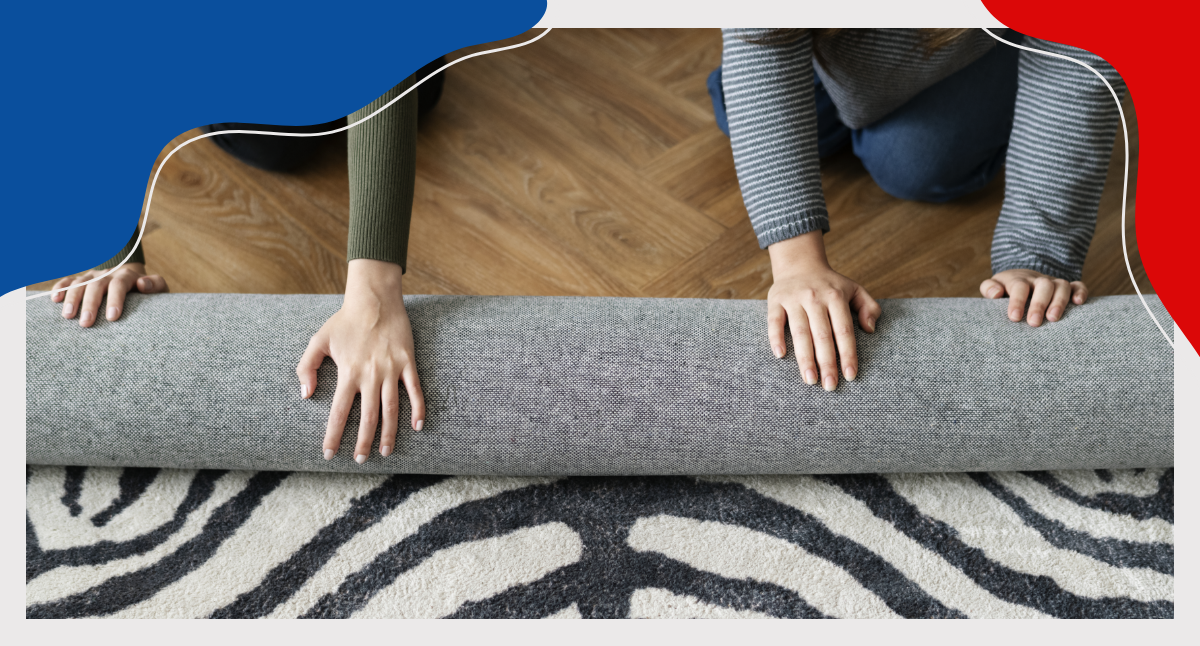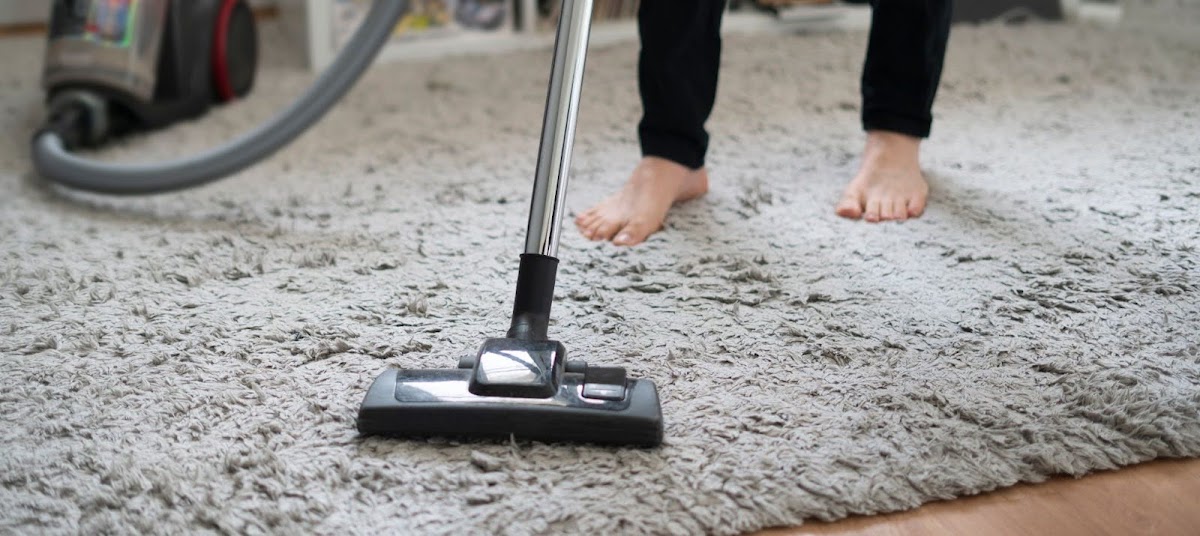Contents
If you experience a water leak or flood in your home, carpeting is one thing that’s going to be most affected. A sodden carpet can stay wet for days, resulting in a damp and musty smell that can be very hard to get rid of.
If your carpet suffers water damage, should you try to rescue the carpet or simply replace it? Either option may be the right option. It really depends on the extent of damage, what type of water leak you experienced, and how quickly the problem is attended to whether the carpet can be saved or not.
Let’s discover more about water-damaged carpets and what you should do.
What type of water leak was it?
Step one in deciding whether to try and save your carpet will be determined by the type of water leak you had in the home. For example, if the water damage was the result of a sewerage pipe leak or an overflowing toilet, you’ll almost certainly want to replace the carpet.
Grey water, such as bath water, laundry water and so on can also create added issues regarding odour when attempting to restore water-damaged carpet. However, with the right treatment, carpets suffering grey water damage can often be restored successfully.
Clean, fresh water leaking onto the carpet offers the best chance of restoration. Floodwater as the result of bad weather depends on whether the water that soaked into the carpet was clean or muddy.
Other factors to consider
Aside from the source of the water damage, other factors that come into play about whether the carpet can be restored or will need to be replaced include how much of the carpet was damaged by water and how long the water was allowed to sit in the carpet.
Another factor that might determine whether replacement is the logical option is the age of the carpet. If the carpet is old and well-worn and due for a replacement anyway, then you may as well have the old, wet carpet removed and replaced with something new and fresh.
What about carpets that have been treated for fungus and bacteria growth?
If your carpet manufacturer treated the carpet with antibacterial and antifungal chemicals, you’ll have a better chance of being able to save your water-damaged carpeting. As these chemicals reduce the build-up and growth of fungus and bacteria on a daily basis, there is less chance that your carpet is going to smell once restored after being soaked with water.
Again, it depends on the type of water leak the carpet experienced, how old it is and the extent of the damage. Carpets treated for fungus and bacteria may still need to be replaced.
Potential health consequences of water damaged carpet
If a wet carpet isn’t professionally treated and restored in rapid time, chances are it will experience a build-up of harmful mould, fungus and bacteria growth. Mould is well-known for causing health issues, even severe health concerns in some people.
For instance, people who already live with asthma or allergies can have major reactions to mould growth in water-damaged carpets, even when the carpet is perfectly dry again. Small children are also at risk of developing health issues with exposure to mould, fungus and bacteria.
Steps for saving a water damaged carpet
Although there are certain steps you can take yourself to help save your carpet, for best results, call in the assistance of carpet cleaning professionals who have experience in restoring carpeting that has been damaged by water.
- If it’s a water leak of some description and not an act of nature, quickly determine where the leak is emanating from. Is it a leaking cold or hot water pipe, a backup in the sewerage system, an overflowing sink, bathtub, washing machine or dishwasher, or even a spillage? If it’s sewerage or very dirty water, you’ll likely have to rip up the carpet and have it replaced. With clean water, there’s a good chance you can save your carpet.
- Once you’ve discovered where the water is coming from, stem the leak as best you can. If it’s something that’s overflowing, this could be as easy as turning off the tap and removing the plug. For a burst water pipe, you’ll need to turn the water off at the meter.
- Remove furniture from the water-affected rooms and use mops, towels, rags or anything else you can think of to soak up excess water immediately.
- If the carpet is only partially wet, you might consider getting a sharp box cutter and cutting out the affected sections. Remove the wet underlay. New underlay can be laid and the section of carpet can be patched back in once it’s thoroughly dry.
- To help dry out the carpet as quickly as possible, use portable fans, ceiling fans, air conditioners, dehumidifiers or even heaters. The quicker the carpet and underlay dry, the better chance the carpet can be saved and fully restored.
- Check the carpet after 12 hours. Ideally, it will be dry to the touch. If it isn’t, there’s more chance for mould to start growing. Even if it does feel dry, keep the fans and other devices going to ensure it’s fully dry all the way through.
- Once you’re fairly certain the carpet is dry, keep the dehumidifier in the room for another few days just to be sure. The dehumidifier will keep moisture out of the air and eradicate any moist air still emanating from the carpet itself.
We restore water-damaged carpets
If your carpet has suffered from water or flood damage, call the experts at Boas Cleaning Services immediately. Our team are available 24/7 for emergencies such as water damage and we have the expertise and state-of-the-art equipment to fully restore your carpets. After we’ve performed our cleanup, we even have extra blowers that can be left on-site to ensure your carpet completely dries out.
We service both homeowners and commercial properties, and we’ll visit the site after 24 hours to check the moisture and humidity levels with our special hydro sensor equipment.


